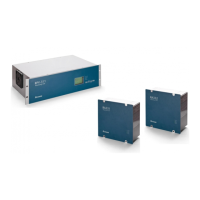Figure 70: Concatenation event example 159
Figure 71: Example of an event without concatenation 159
Figure 72 – TW Fault Locator architecture overview 175
Figure 73 - Typical Circuit Three-Terminal Application 180
Figure 74 – Three terminal line application 181
Figure 75 – TW Fault Location example 1 182
Figure 76 - TW Fault Location example 2 182
Figure 77: Directory of the records received of the equipment 209
Figure 78: Configuration Tool main screen 210
Figure 79: Fault Locator Interface 218
Figure 80: Graphical tool of Fault Locator interface 220
Figure 81: Initial screen of the GOOSE Configurator 222
Figure 82: Screen to configuration on the SCL file 224
Figure 83: Association of a GOOSE Control Block with a digital input 225
Figure 84: Filter parameters 226
Figure 85 - RPV Manager main window 232
Figure 86: Records download 232
Figure 87: Alarms tab 233
Figure 88: Configuration tab 234
Figure 89: Device window 237
Figure 90: Current Circuit name 238
Figure 91: Terminal name configuration 239
Figure 92: Percentage of records chart 242
Figure 93: Polling configuration 243
Figure 94: About window 244
Figure 95: RPV Manager TWFL methods 246
Figure 96: Electrical and optical Ethernet inputs 251
Figure 97: Serial communication port 252
Figure 98: Local communication with equipment using the electrical Ethernet port
architecture 255
Figure 99: Communication through network using the electrical Ethernet port architecture 257
Figure 100: Minimum distances for the equipment mounting 265
Figure 101: Single mounting panel to install one remote acquisition module (RA331/332) in a
19-inch rack 266
Figure 102: Mounting panel to install two remote acquisition modules (RA331/332) in a 19-
inch rack 267
Figure 103: Pre-insulated tubular pin terminals 268
Figure 104: Header connector assembly 268

